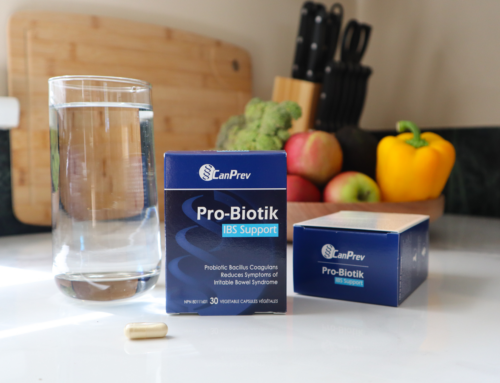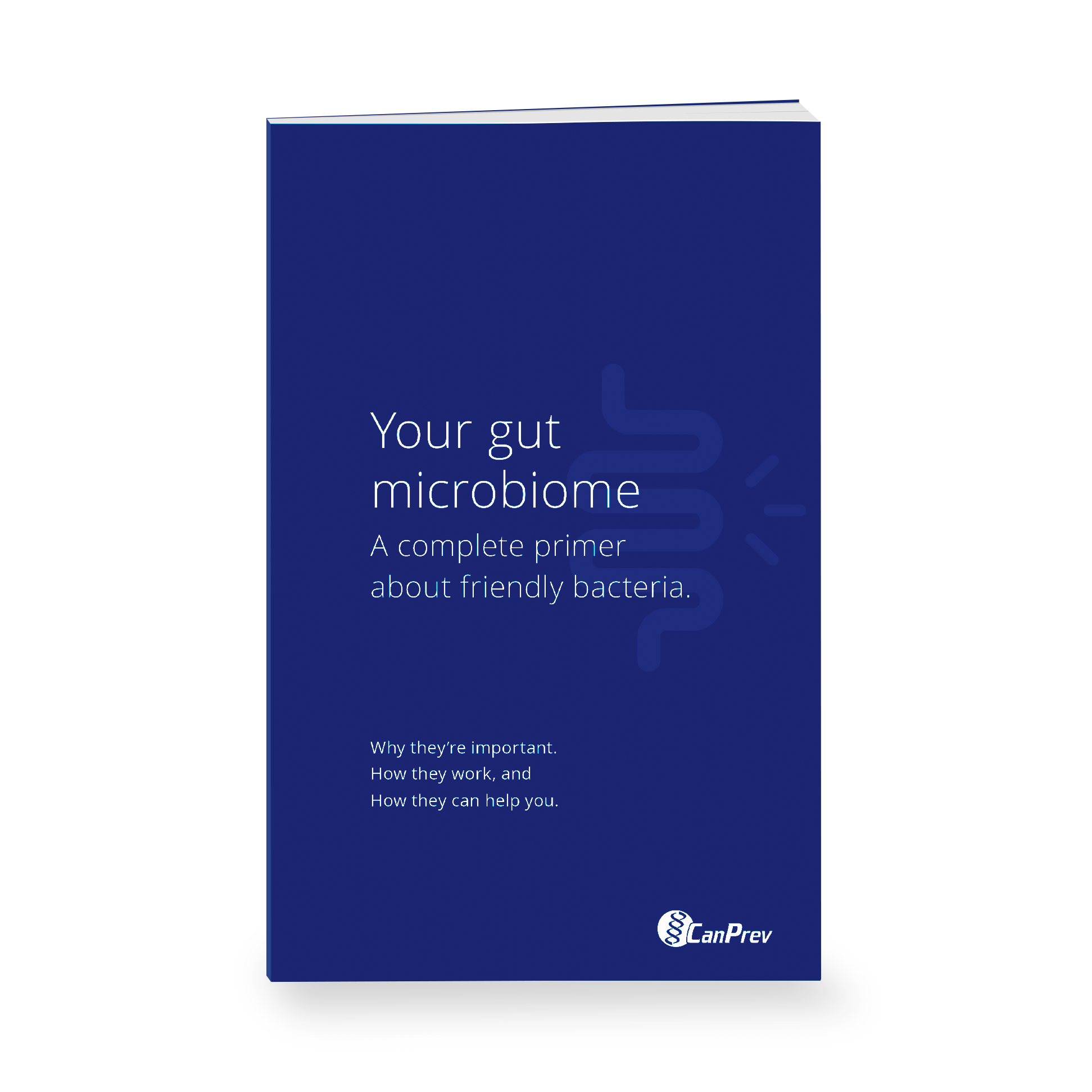Every time you open a magazine or read a blog, there’s always some kind of buzz about food allergies, food sensitivities or food intolerances. These days, it seems that every other person seems to be either highly reactive to foods like peanuts or announcing that they’re going gluten-free.
Food allergies are on the rise – particularly in children. The years between 1997 and 2007 saw an 18 per cent jump in food allergies in American children under the age of 18 alone, a startling increase in only a ten year period.
It’s estimated that between five to six percent of children suffer from food allergies in Western countries. But what’s really going on? Is this just a new health trend, or is it that we’re becoming more allergic to life? And what on earth is the difference between a food allergy, a food intolerance or even a food sensitivity?
Whether you get itchy red bumps, gastrointestinal upset or even ear infections, learning the differences between the three might help with having any food-related reactions diagnosed and treated correctly.
Food Allergy
A food allergy means that the immune system is having a strong reaction to a particular food or class of food. The allergen behaves like an antigen once it’s in the body and prompts the immune system to launch an attack. White blood cells manufacture protein molecules called IgE antibodies that bind to that particular antigen or foreign substance, and order a release of histamines in an effort to protect the body. It’s the histamines that launch the swelling and other allergic reactions like severe anaphylaxis (which can be life threatening), arthritis, celiac disease, depression, hyperactivity or anxiety.
In essence, it’s only the IgE antibody reaction that defines a classic food allergy and generally occurs within a few minutes of eating a particular food antigen. Typical symptoms include hives, itchy, watery eyes, and difficulty breathing when the throat swells and tightens. Sufferers might also get canker sores, chronic bladder or ear infections, abdominal pain including diarrhea, nausea and vomiting, heartburn, asthma, eczema, migraines or irregular heartbeats – the list is long. Testing for IgE food allergies is conducted by an allergist and you can expect a skin prick test, blood draw or oral food challenge to determine the culprits.
Food Sensitivity
A food sensitivity occurs when there is a delayed immune reaction to the food ingested. This reaction produces IgG or IgA antibodies, which can be detected using a fairly simple blood spot test. In a food sensitivity reaction, large numbers of IgG or IgA antigen-antibody complexes are deposited in the tissues faster than the immune system can clear them. Once all these antigen-antibody complexes get into the tissues, they create havoc by causing inflammation, discomfort and possibly disease.
IgG food sensitivities have been linked to migraine headaches, IBS, bloating, tummy cramps, fatigue, weight gain, weight loss, hyperactivity, learning difficulties, mood swings and eczema. IgG food reactions can take hours or days to develop, making it difficult to pinpoint which food is the true culprit. Sometimes IgG food sensitivities develop due to a condition called leaky gut. When the gut lining is inflamed, food particles can leak into the bloodstream and trigger an immune response. This can lead to high levels of IgG antibodies for just about any food that is eaten on a regular basis.
An elimination diet is the most effective approach for this type of food reaction. Foods that are often eaten are removed, slowly reintroduced, and rotated in conjunction with nourishing foods like bone broths, fermented foods, L-glutamine and cabbage juice to help to heal and seal the leaky gut.
Children are most affected by food intolerances caused by enzymes, chemicals or toxins in the food they’re eating. Digestion can be compromised and they may develop symptoms like diarrhea, gas, bloating, headaches, cramps, rashes, nausea, restlessness, agitation and tingling. Because their immune systems are not involved in this type of reaction, no indications of an intolerance will show up on a test.
But that doesn’t mean that adults aren’t prone to intolerances; people who lack the enzyme lactase will not be able to digest lactose (a sugar that is in foods that contain dairy).
If they are missing an enzyme called galactosidase, then they will have difficulty digesting cruciferous vegetables or legumes. Some are particularly sensitive to chemicals like naturally occurring histamines in sauerkraut, dried meats like salami and pepperoni and canned tuna or certain cheeses. Others might react to toxins that naturally occur in peanuts (aflatoxins) or shellfish (saxitoxins). Strawberries, citrus fruits, egg whites, nuts and chocolate may prompt histamine release in an individual’s own body even though it’s not contained in those foods.
So, what now?
Ultimately, if you suspect food allergies, sensitivities or intolerances then you should work with a healthcare practitioner to help you sort out your particular food issues and their cause. Sometimes a simple blood test and avoidance of the offending food is all it takes. Typical food culprits are: wheat (gluten), corn, soy, chocolate, citrus and dairy. Other times a comprehensive, healing diet needs to be followed or further testing for issues like parasites needs to be carried out.







Thanks very informative . When I drink regular milk sometimes stomach swell not always no . When I drink lactose free milk less bloat in stomach . Seems to me I can drink both in moderation at times must be combination with milk that makes it swell any how very informative thanks